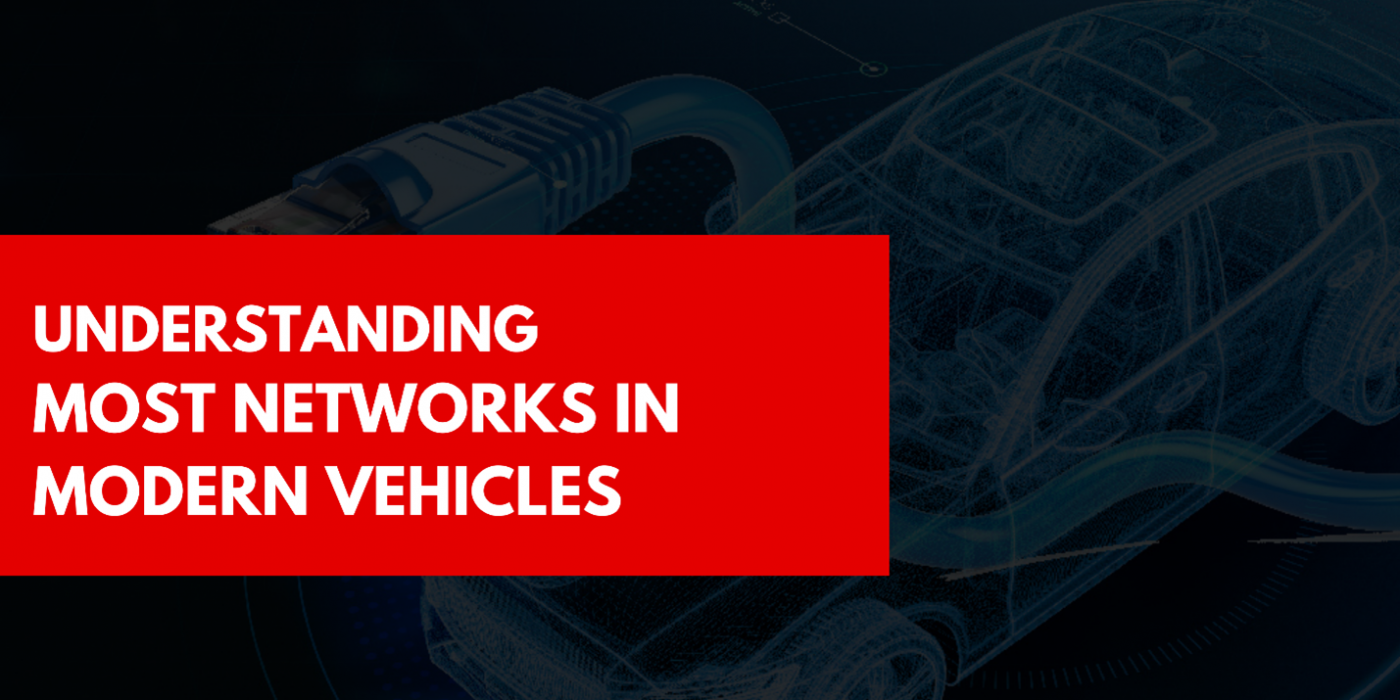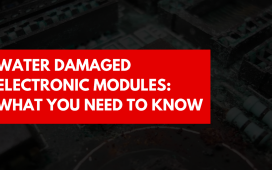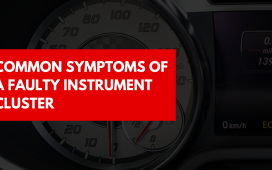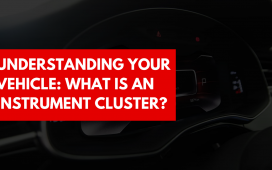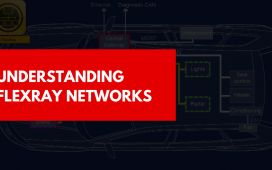This is part of our series of blog posts designed to help customers understand their vehicle better. Please keep in mind these are general descriptions of how these modules function. There are differences in many years and models, but generally the principles remain the same.
What Is a MOST Network in Vehicles? Understanding the Backbone of In-Vehicle Infotainment
As vehicles have become more connected and infotainment systems more advanced, automotive communication networks have had to evolve to support the high bandwidth and real-time demands of modern features. One such solution is the MOST network—short for Media Oriented Systems Transport. If you’ve worked with or diagnosed infotainment systems in premium vehicles, there’s a good chance you’ve encountered it.
In this blog post, we’ll take a deep dive into what a MOST network is, how it works, and where it came from.
The Origins of MOST
The MOST Cooperation was founded in 1998 by automotive and electronics companies such as BMW, Daimler-Benz, Harman/Becker, and Oasis SiliconSystems. The goal was to create a standardized communication protocol optimized specifically for multimedia data transmission in vehicles—think audio, video, navigation, voice, and system control.
The first vehicles to use MOST networks started appearing in the early 2000s, with premium European brands like BMW and Mercedes-Benz leading the way.
What Problem Does MOST Solve?
Traditional automotive communication buses like CAN (Controller Area Network) or LIN (Local Interconnect Network) are great for real-time control tasks (e.g., powertrain and body electronics), but they are not designed for high-speed, synchronized transmission of multimedia data. That’s where MOST comes in—it was purpose-built to handle high-bandwidth, time-sensitive streams for in-car entertainment systems.
Technical Overview: How the MOST Network Works
MOST is a ring-based, synchronous network designed for transporting streaming and packet data. Here are the core technical features that define how it works:
1. Physical Layer
MOST networks can operate over different physical media, depending on the version:
· MOST25 (25 Mbps): Uses plastic optical fiber (POF) with red light LEDs. This is the most widely implemented version.
· MOST50 (50 Mbps): Uses electrical conductors (shielded twisted pair).
· MOST150 (150 Mbps): Supports both optical and electrical mediums and is capable of transmitting Ethernet packets alongside synchronous streams.
2. Topology
MOST uses a ring topology where each node (e.g., head unit, amplifier, CD/DVD player, rear-seat entertainment system) is connected in a closed loop. Data flows from one device to the next in a continuous stream.
· If one device fails or is disconnected, it can break the loop—though some implementations support ring diagnostics and failover configurations.
3. Synchronous Communication
MOST uses a synchronous time-division multiplexing (TDM) mechanism:
· A master device (usually the head unit) sends out a continuous stream of frames.
· Each device on the ring gets assigned a specific time slot for sending and receiving data.
· This structure ensures guaranteed bandwidth and low latency, ideal for audio and video synchronization.
4. Frame Structure
Each frame in MOST includes:
· Control Channels: For sending command and configuration messages (e.g., volume control, track change).
· Synchronous Channels: Fixed bandwidth for real-time streams like audio.
· Asynchronous Channels: For data that doesn’t require tight timing (e.g., file transfers, software updates).
5. Device Management
MOST uses a centralized resource manager (the master device) to handle device addressing, bandwidth allocation, and error detection. New devices are identified and integrated into the network automatically during boot-up or reconfiguration.
Where Is MOST Used?
MOST networks are commonly found in mid to high-end vehicles, particularly from:
· BMW
· Audi
· Mercedes-Benz
· Porsche
· Jaguar Land Rover
· Volvo
Typical devices on a MOST ring include:
· Head unit / infotainment controller
· CD/DVD/Media player
· Navigation module
· Amplifier(s)
· Rear-seat entertainment displays
· Voice control modules

Diagnostic Considerations
MOST networks can be challenging to diagnose because of:
· Their ring topology (one failed node can impact the entire network).
· Optical transmission (MOST25) requiring specialized tools like optical loopback plugs and fiber inspection scopes.
· The need for OEM-level scan tools to read MOST-specific faults and device states.
Some manufacturers provide a MOST Bus Diagnostic Interface (MDI) or use loopback adapters to isolate faulty components.
Evolution and Legacy
While MOST was dominant in infotainment networks for years, it’s now gradually being replaced by Automotive Ethernet, which offers higher bandwidth and more flexible topologies.
However, many vehicles still on the road today—from the 2000s through the mid-2010s—depend on MOST networks for their infotainment systems, making it an essential system for any advanced automotive technician to understand.
Conclusion
The MOST network is a powerful and specialized solution designed to handle the complex needs of in-vehicle multimedia systems. By providing guaranteed bandwidth, synchronized streaming, and robust device management, it played a major role in the evolution of digital infotainment.
Understanding how MOST works not only helps in diagnosing infotainment issues but also gives insight into how automotive networking has evolved—and where it’s heading next.
Visit www.xemodex.com to check out our products and services.

